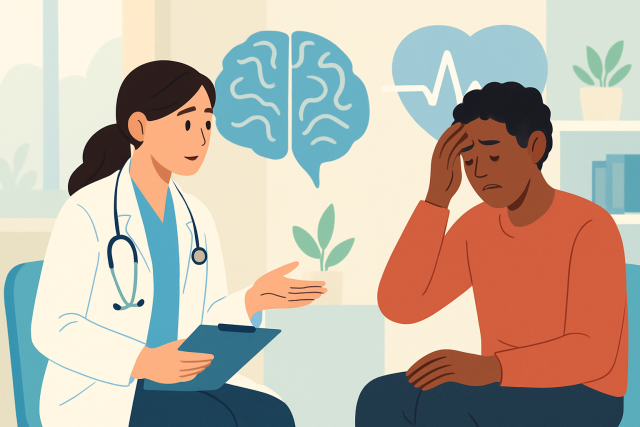
Differential Diagnosis for Anxiety - Explains What Might Be Behind Symptoms
Explore a complete guide to differential diagnosis for anxiety, uncovering conditions behind symptom...
Homophobia is a pretty widespread social issue that usually springs from fear and a lack of understanding when it comes to LGBTQ+ people.
Many individuals tend to think homophobia is just about outright hatred or violence, but it often lurks in quieter biases and subtle fears too.
Homophobia is fear or prejudice aimed at people who identify as lesbian, gay, bisexual, transgender, queer, or anyone who doesn’t fit into traditional heterosexual boxes. It runs the gamut—from an awkward feeling around LGBTQ+ people to nasty hostility. At its heart, homophobia often sprouts from misunderstandings or anxieties about sexual orientation and gender identity, usually fueled by cultural or social biases. Spotting homophobia means recognizing negative vibes and behaviors.
Homophobia often arises from personal fears or anxieties about difference and identity—those uneasy feelings that many people might quietly struggle with. Over time, these emotions do not remain private. Instead, they are reinforced and echoed through social interactions and the cultural stories we share with one another.
Homophobia often springs from deep-seated psychological fears tied to the unfamiliar or anything that feels different. These fears can stir up a fair bit of anxiety, causing people to react defensively whenever they sense their social or personal identities are under threat.
Social conditioning and upbringing play a huge role in shaping how kids and adults pick up on what’s considered 'normal' from family, religion and media. When individuals grow up without encountering a range of sexualities or genders, that unfamiliarity often morphs into prejudice. This is usually fueled by confusion or wrong information.
"Fear and prejudice often sneak in when understanding is in short supply, but empathy and education? Well, they have this incredible knack for breaking down walls and planting the seeds of genuine acceptance." – Dr. Maya Russell, Psychologist specializing in social anxiety
Homophobia can rear its head in pretty obvious ways or sneak in more quietly, so it’s worth keeping an eye out for the many forms it can take.
Media portrayals often lean into stereotypes that shape public opinion in ways we might not always notice at first glance. Institutional policies can sometimes miss the mark when it comes to fully safeguarding LGBTQ+ rights, leaving gaps that are hard to ignore.
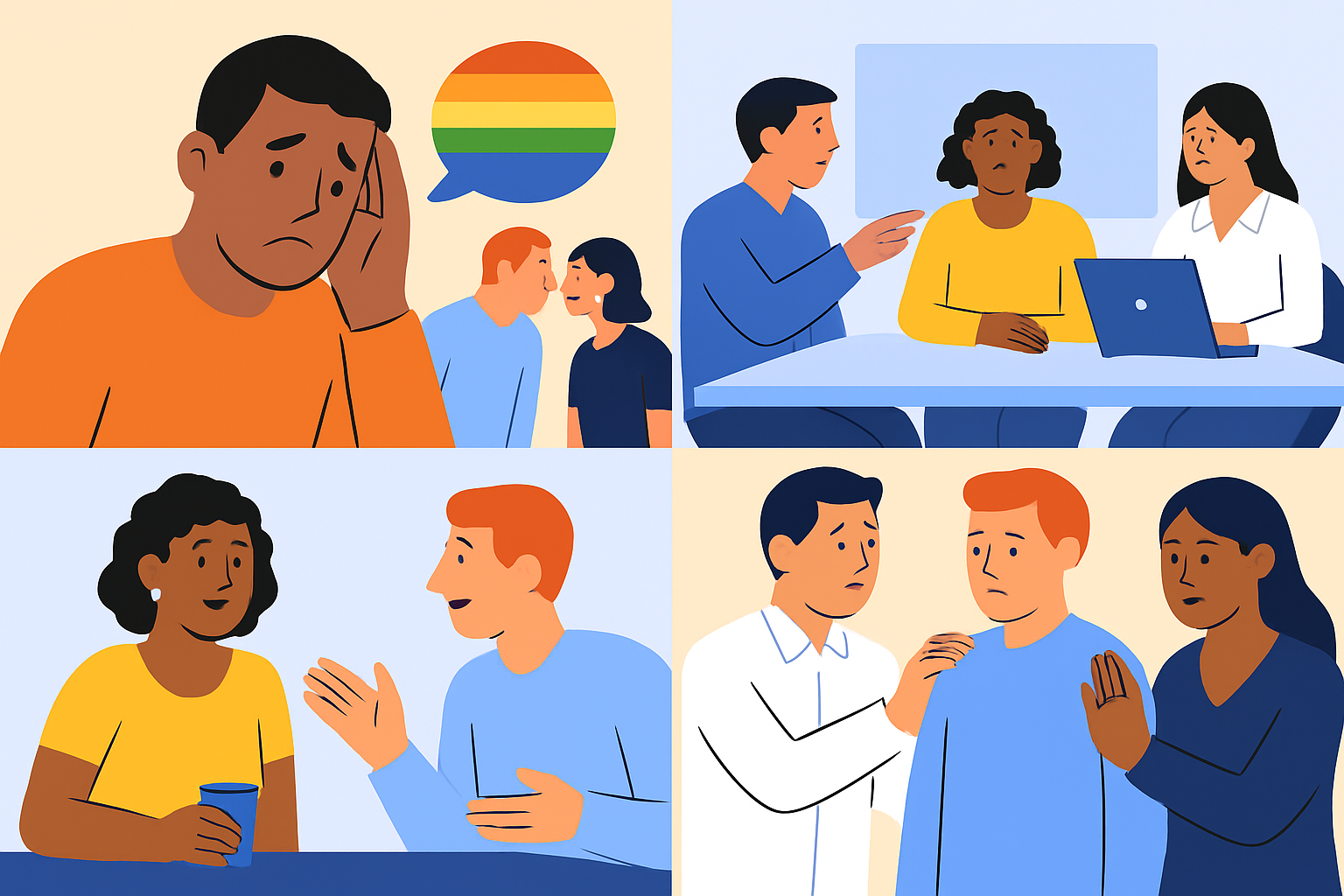
Anxiety disorders and homophobic attitudes often spring from the same root: good old fear. This fear usually zeroes in on the unknown or the sticky social consequences that might follow. When individuals feel this way, it can snowball into wider prejudice as they try to cope by pushing away or belittling whatever feels unfamiliar. This kind of emotional avoidance acts like a shield but also keeps discrimination and social divides stubbornly alive and kicking.
Research shows that people with higher social anxiety often end up steering clear of LGBTQ+ individuals, sometimes without even realizing it themselves. It’s like a knee-jerk reaction shaped by all those social cues they have absorbed over time—messages quietly telling them that treating others as "different" is somehow risky or off-limits.
Recognizing homophobia begins with a good dose of honest self-reflection about our own biases and fears—something that’s easier said than done, of course. Tackling these feelings calls for an open mind, a willingness to question long-held assumptions
Building empathy and easing anxiety around differences usually starts with being exposed to them and having an open-hearted conversation. When individuals feel safe and genuinely informed their fears and biases often soften, making way for real connections and honest acceptance. Techniques like mindfulness, counseling or empathy-boosting exercises can quietly ease personal worries while gently nudging those stubborn homophobic attitudes towards the exit.
Being a good ally means rolling up your sleeves and taking steady, practical steps to push back against homophobia in everyday life. Allies play a important role in creating safer, more welcoming spaces by speaking out and using their privilege to stand alongside LGBTQ+ individuals.
Ongoing education and a healthy dose of empathy are absolutely key when it comes to tackling homophobia, which often bubbles up from social anxiety and plain old misunderstanding.

Explore a complete guide to differential diagnosis for anxiety, uncovering conditions behind symptom...
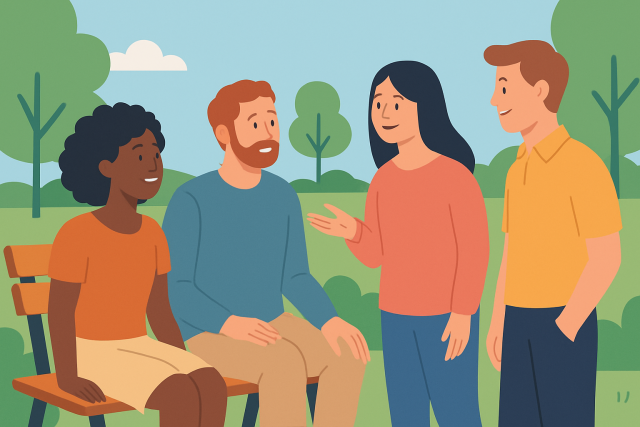
Struggling with shyness disorder? Discover clear, practical steps to manage social anxiety without w...
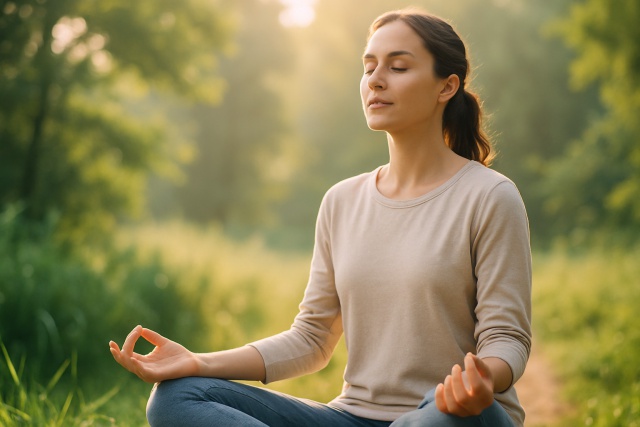
Stop anxiety before it begins with seven expert-backed strategies designed to help you stay calm, fo...
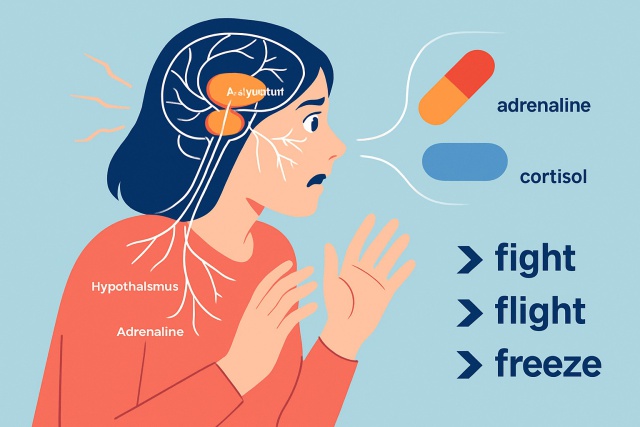
Anxiety paralysis can leave you frozen in moments of intense fear. Learn what causes this, its physi...